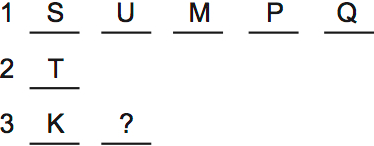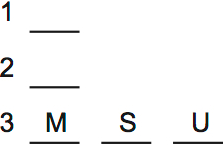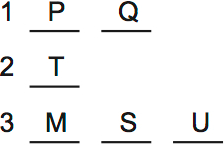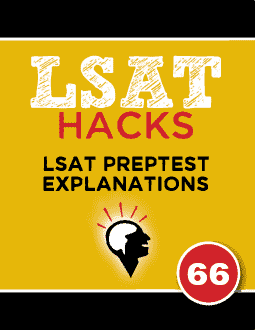To answer this question, it’s best to create a working diagram, then see what you can change. It turns out you can only place M and S in group 3.
M and S can’t go together in group 1, for the same reason that K and S can’t go in group 1 (the correct answer to question 14). There’s not enough people to go in group 3:

Briefly, U has to go with S. Since U is in group 1, T must go in group 2.
Since T is in group 2, P goes in group 1. That means Q also goes in group 1.
So only K is left to go in group 3.
Likewise, M and SU can’t go in group 2. Then you would have to place four people in group 3, and there would be no one to go in group 1.
So M and SU must go in group 3:

Apply rules 1 and 2, and you can place T and PQ:

T has to go in group 2, because U is not there. That means P has to go in group 1, and Q always goes with P.
Only K is left to place. they can go in any group.
A is CORRECT.

Want a free Logic Games lesson?
Get a free sample of the Logic Games Mastery Seminar. Learn tips for going faster at logic games


Leave a Reply